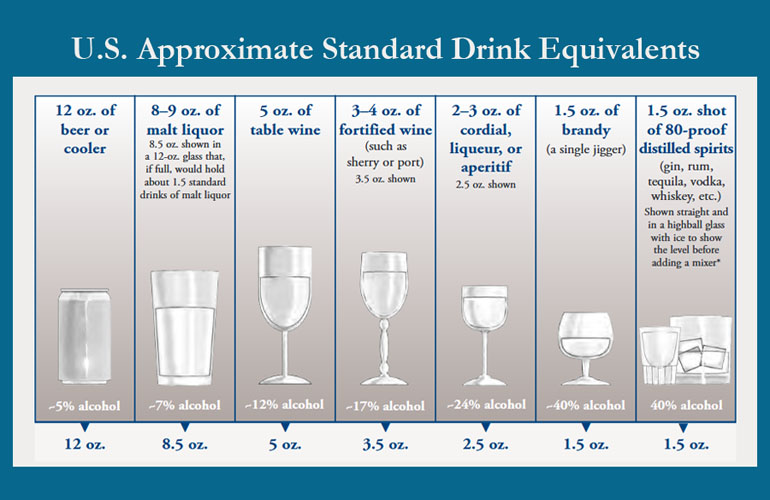Health Pages
Alcohol & Risks of Drinking
Alcohol & Risks of Drinking
That alcohol is a poison is attested by all chemists and other scientific men; taken undiluted it destroys the vitality of the tissues of the body with which it comes in contact as readily as creosote, or pure carbolic acid. The term intoxicating applied to beverages containing it refers to its poisonous nature, the word being derived from the Greek toxicon, which signifies a bow or an arrow; the barbarians poisoned their arrows, hence, toxicum in Latin was used to signify poison; from this comes the English term toxicology, which is the science treating of poisons. Druggists in selling proof spirits usually label the bottle, "Poison." Apart from the testimony of science in regard to its poisonous nature, it is commonly known that large doses of brandy or whisky will speedily cause death, particularly in those unaccustomed to their use (the death of children who have had access to heavy liqueur, and drunk freely of it).
Cases are reported, too, of men, habituated to drink, who after tossing off several glasses of brandy at the bar have suddenly dropped dead.
The body is made up mainly of cells, fibres and fluids. The cell is the most important structure in the living body. Life resides in the cell, and every animal may be considered a mass of cells, each of which is alive, and each of which has its own work to accomplish in the building up of the body.
The matter which forms the mass of a cell is called protoplasm, or bioplasm. It resembles somewhat the white of a raw egg, which is almost pure albumen. Cells make up the body, and do its work. Some are employed to construct the skeleton, others are used to form the organs which move the body; liver-cells secrete bile, and the cells in the kidneys separate poisonous matters from the blood in order that they may be expelled from the system.
These cells, composing the mass of the body, being very delicate, are easily acted upon by substances coming into contact with them. If substances other than natural foods or drinks are introduced into the body, the cells are injuriously affected. Alcohol is especially injurious to cells, retarding the changes in their interior, hindering their appropriation of food, and elimination of waste matters, and therefore preventing their proper development and growth.
Alcohol is absorbed into the bloodstream through the stomach and small intestine and spreads quickly throughout the body. The amount of pure alcohol in your bloodstream is your blood alcohol concentration (BAC). The legal level of impairment in Canada and United States is 0.08 percent. The more you drink, the higher your BAC. The amount of alcohol leading to a blood alcohol concentration (BAC) of 0.08 depends on how much you drink, how fast you drink, your size, your gender, whether you've eaten and even how tired you are. The BAC of 0.08 percent, for most adults, would be reached by consuming five drinks for men or four for women over a two-hour period.
Blood alcohol concentration (BAC) is measured by the number of grams of alcohol in 100ml of blood using a breathalyser or by analysing a sample of blood.
Alcohol is a causal factor in more than 200 medical conditions. Alcohol use can affect all parts of the body, but it particularly affects the brain, heart, liver, pancreas, and immune system. This can result in mental illness, Wernicke–Korsakoff syndrome, an irregular heartbeat, cirrhosis of the liver, high blood pressure, depression, and an increase in the risk of cancers (mouth, throat, esophagus, pharynx, larynx, stomach, liver, and breast), among other diseases.
Learn more:



